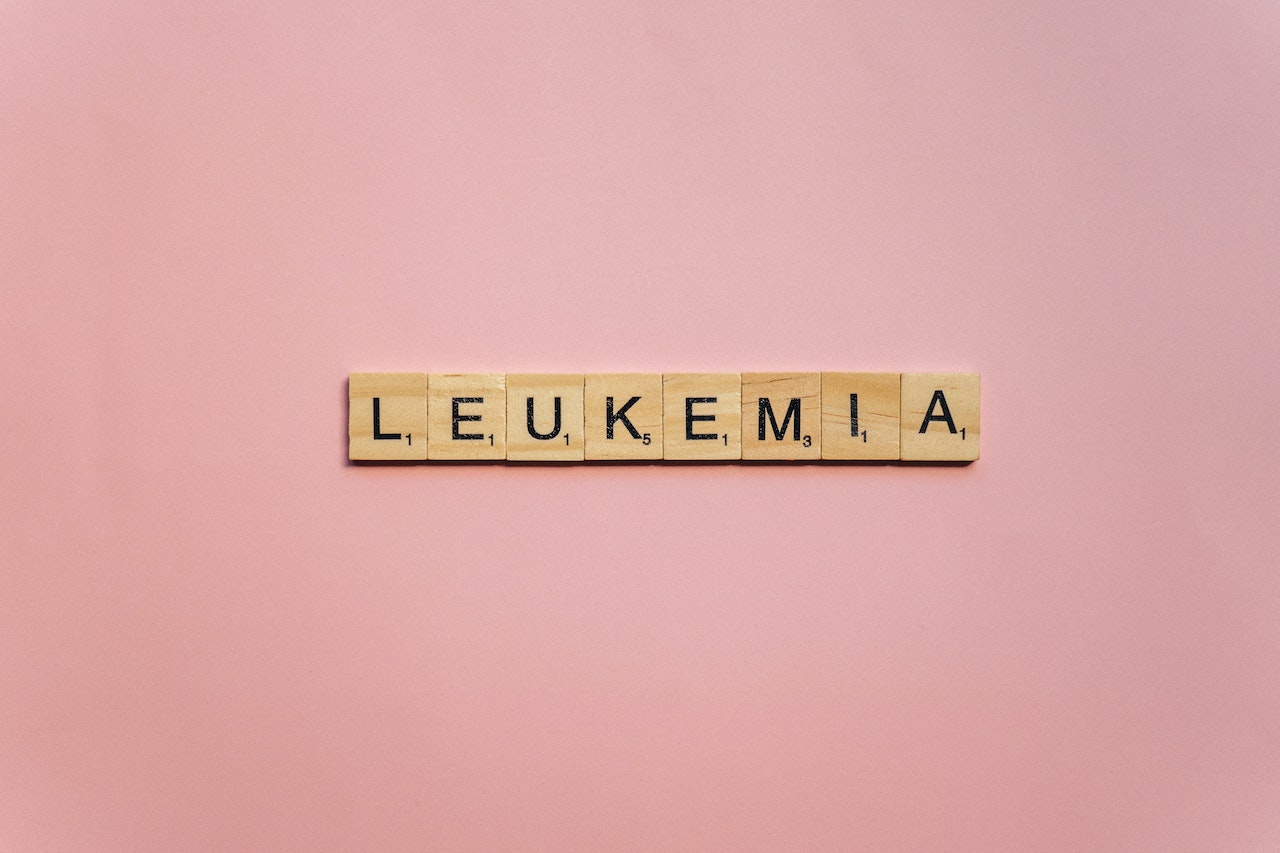Leukemia is a complex and potentially life-threatening condition that affects the blood and bone marrow. It is a type of cancer that originates in the cells responsible for forming blood cells. The term “leukemia” encompasses a group of diseases, each with distinct characteristics and treatment approaches. We will delve into the world of leukemia, exploring its various types, possible causes, and the latest advancements in treatment options.
What is Leukemia?
Leukemia is a cancer of the blood-forming tissues, particularly the bone marrow and blood itself. Normally, blood cells are produced in a controlled manner, with old or damaged cells replaced by new ones. In leukemia, the process of cell growth and division goes awry, leading to an uncontrolled proliferation of abnormal white blood cells. These abnormal cells, called leukemia cells, crowd out healthy blood cells, leading to various health problems.
Types of Leukemia
There are four main types of leukemia, classified based on the rate of disease progression and the types of blood cells affected:
- Acute Lymphoblastic Leukemia (ALL): This type of leukemia primarily affects children, but it can also occur in adults. It involves the rapid growth of immature lymphocytes, a type of white blood cell.
- Acute Myeloid Leukemia (AML): AML is a fast-growing leukemia that affects myeloid cells, including granulocytes, monocytes, red blood cells, and platelets. Its prevalence is higher among older adults, though it can manifest at any stage of life.
- Chronic Lymphocytic Leukemia (CLL): CLL is a slow-progressing leukemia that affects mature lymphocytes. It is most commonly diagnosed in older adults.
- Chronic Myeloid Leukemia (CML): CML is a type of leukemia that affects myeloid cells and often progresses slowly. It is caused by a genetic abnormality known as the Philadelphia chromosome.
Causes of Leukemia
The exact causes of leukemia remain largely unknown. However, certain risk factors have been identified, which may increase the likelihood of developing the disease:
- Genetic Predisposition: Some people may have a genetic predisposition to leukemia, meaning they are more susceptible due to inherited gene mutations.
- Environmental Factors: Exposure to certain environmental toxins, such as benzene and certain chemicals used in the petroleum and chemical industries, may increase the risk of leukemia.
- Previous Cancer Treatment: Some chemotherapy and radiation therapy used to treat other cancers can increase the risk of developing leukemia later in life.
- Certain Medical Conditions: Certain uncommon genetic conditions, like Down syndrome, have been linked to an increased likelihood of developing leukemia.
Treatment Options for Leukemia
The treatment for leukemia depends on the type, stage of the disease, and the patient’s overall health. The primary treatment modalities include:
- Chemotherapy: Chemotherapy involves the use of powerful drugs to destroy leukemia cells or stop their growth and division.
- Radiation Therapy: Radiation therapy employs potent beams of high-energy rays to precisely target and eradicate cancer cells.
- Stem Cell Transplant: Also known as a bone marrow transplant, this procedure involves replacing diseased bone marrow with healthy stem cells from a donor.
- Targeted Therapy: Targeted therapies are drugs designed to specifically target certain abnormalities in leukemia cells, sparing healthy cells from damage.
- Immunotherapy: Immunotherapy harnesses the body’s immune system to recognize and attack leukemia cells.
Conclusion
Leukemia is a complex and challenging disease that requires a comprehensive understanding of its types, causes, and treatment options. Advances in medical research have led to significant improvements in the diagnosis and management of leukemia, offering hope to patients and their families. Early detection, timely treatment, and ongoing research efforts remain key factors in the fight against leukemia. By spreading awareness and supporting research initiatives, we can work towards a future where leukemia becomes a treatable and manageable condition, improving the quality of life for those affected by this disease.




